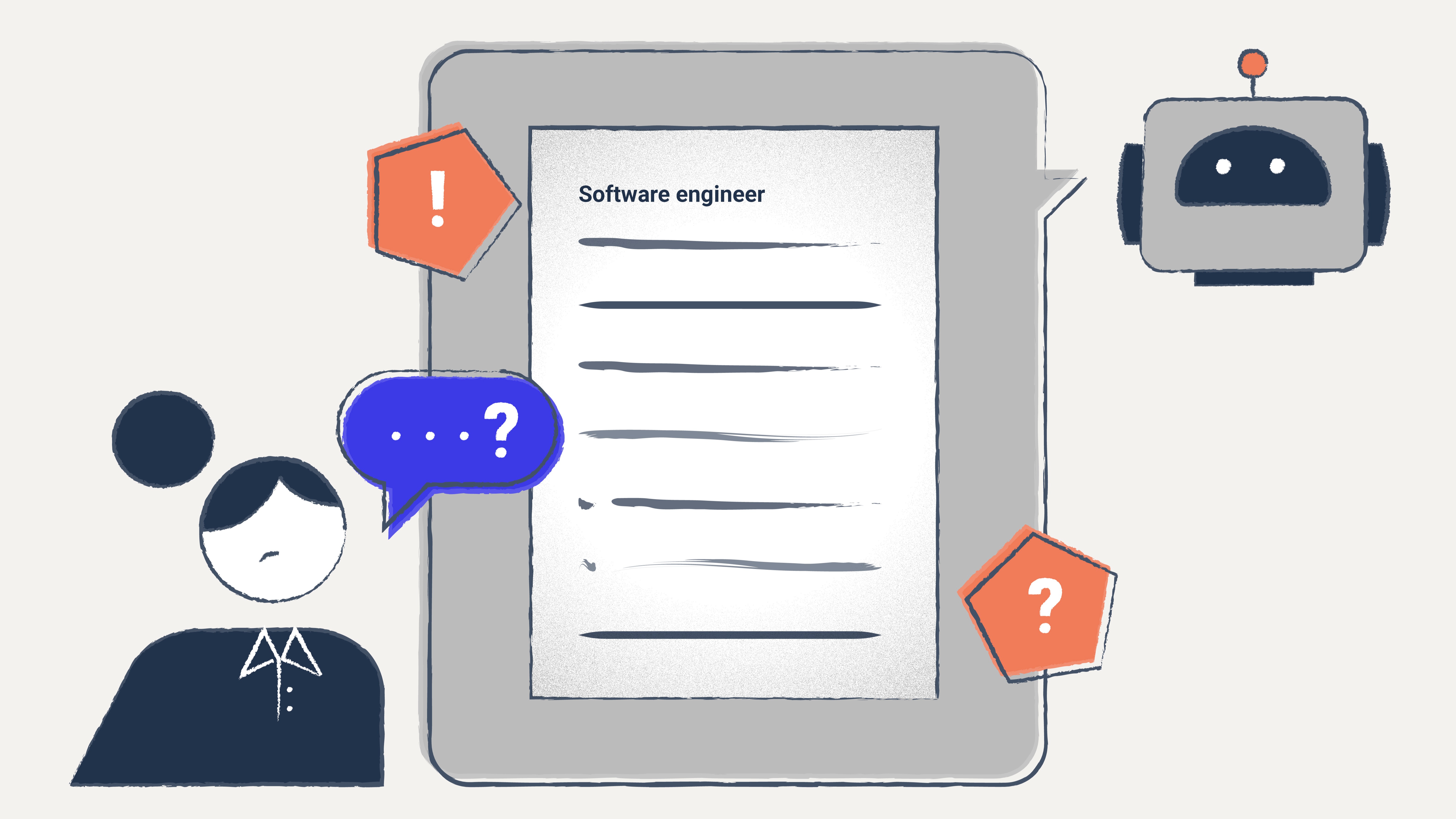Before using generative AI for job ads, remember just how unique job ads are. They’re technical, with a real devil in the details.


According to the recruiting experts at Datapeople, job ads are too complex to trust entirely to a generative artificial intelligence (AI) tool. The company says that hiring teams considering using AI for job ads need to understand the technology’s current limitations for recruiting.
“Before using generative AI for job ads, remember just how unique job ads are,” says Datapeople spokesperson Charlie Smith. “They’re technical, with a real devil in the details. They’re also full of nuance. And they require intelligence in the form of recruiting analytics.”
Smith says that the job title alone can make or break a hiring effort. Also, a lot of content isn’t inherently good or bad, inclusive or exclusive until it’s placed in the context of a job ad. And the most effective job ads are based on real-world data.
“Job ads have a measurable impact on hiring,” Smith says. “An inclusive, data-informed job ad will attract a larger, more qualified, and more diverse applicant pool, translating into a successful hiring process. A bad job ad may leave hiring teams with few or no qualified applicants, translating into an unsuccessful hiring process.”
The Datapeople team acknowledges that generative AI will no doubt improve in coming years, but at this point its limitations for job ads are many and varied.
First, AI based on probability is only as good as the data it’s trained on, Smith says, and there aren’t currently any AI tools trained exclusively on job ads proven to successfully attract qualified and diverse candidate pools. As a result, probability-based AI perpetuates whatever bias exists in the examples it uses to create a job ad.
Second, according to Datapeople, AI is a black box that can’t explain its outcomes even when it sounds confident. For example, an AI tool generating a job ad may recommend unnecessary requirements, and hiring teams won’t know why.
Third, generative AI’s main skill at this point is mimicry, but job ads that sound like every other job ad don’t perform well.
“Today’s job seekers want to read ads that speak to them directly, and a vanilla job ad isn’t going to attract them,” says Smith. “Datapeople’s research shows that vanilla job ads simply don’t attract applicant pools that are as qualified and diverse as data-driven job ads.”
The reason is that AI tools don’t have recruiting industry knowledge and don’t know what makes an inclusive, effective job ad, says Smith. Therefore, they can’t create one.
The Datapeople team offers some advice for how hiring teams can use generative AI in a limited way for recruiting.
One, they can use it to write the first draft of a job ad if they don’t already have a template. Smith says hiring managers at smaller companies may find that particularly useful. Two, teams can use it to write less impactful items like emails and social media ads. Three, AI can help teams writing in a non-native language.
However, Datapeople offers a couple caveats as well. First, teams will have to “humanize” their AI-generated content because AI doesn’t know how to emotionally connect with humans. Second, they will need to optimize AI-generated content in a platform that identifies potentially biased language.
“In the end, hiring teams can use generative AI for recruiting in a few different ways,” says Smith. “But they need to be aware of its limitations and the extra work they’ll have to put in to make their job ads and other communications inclusive and effective.”
